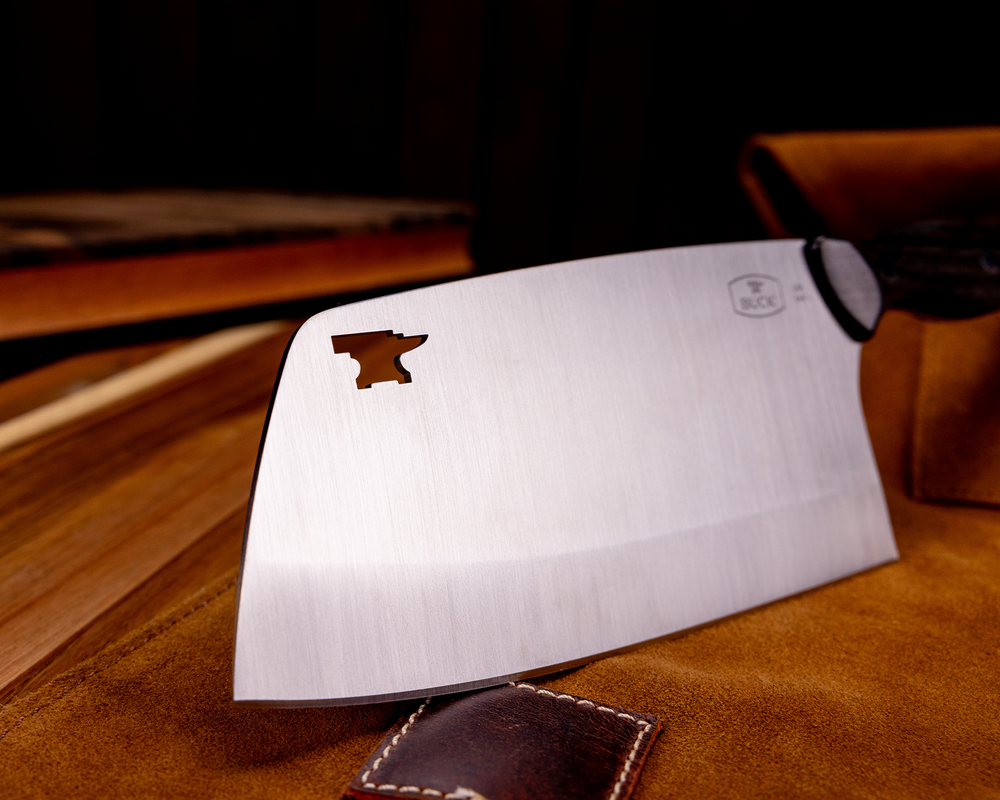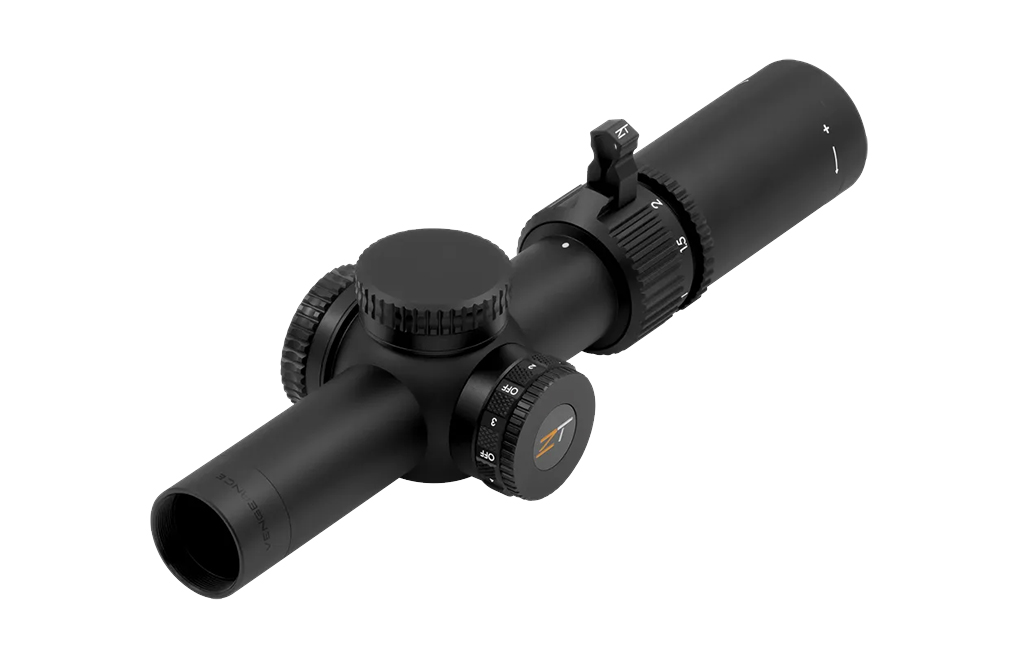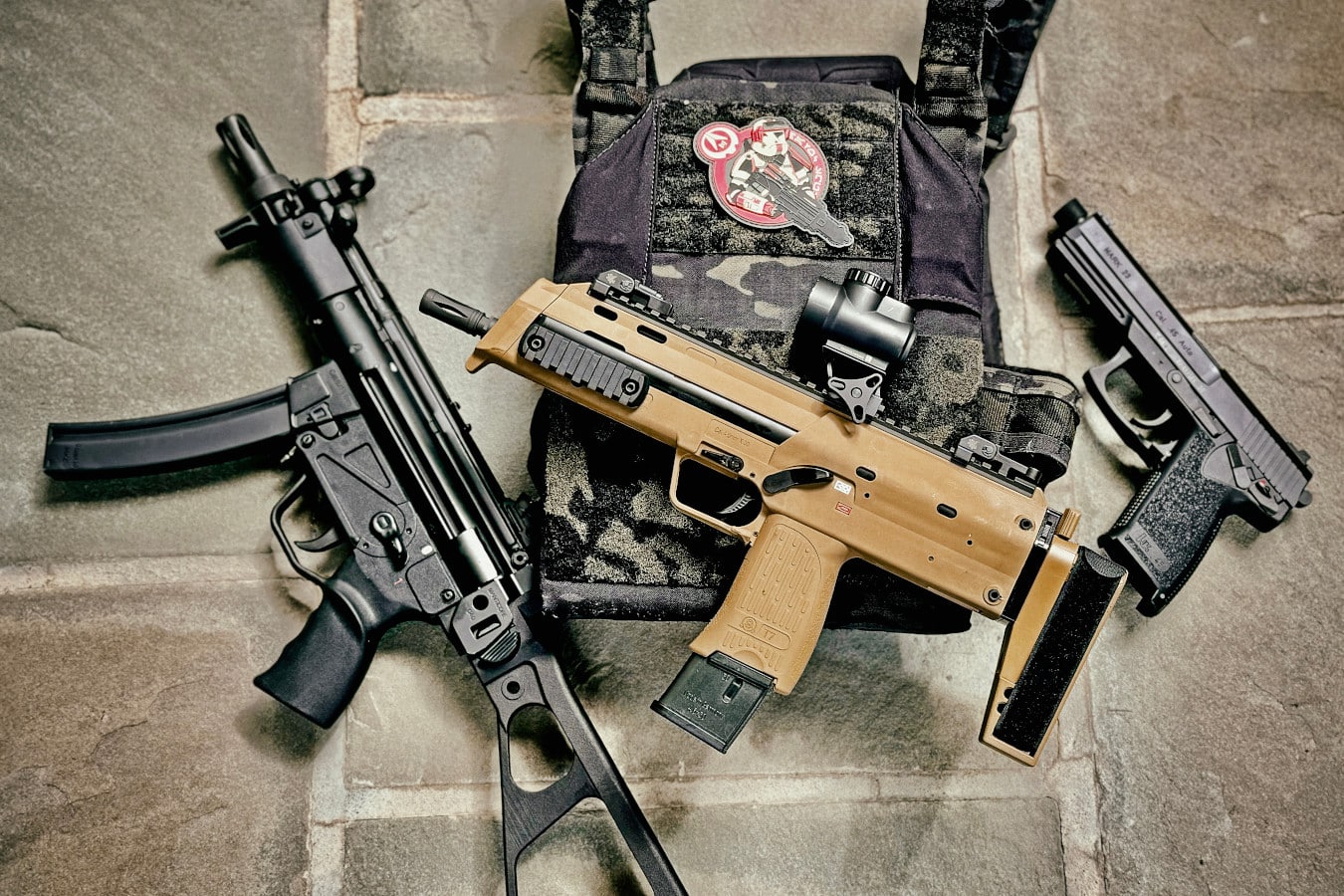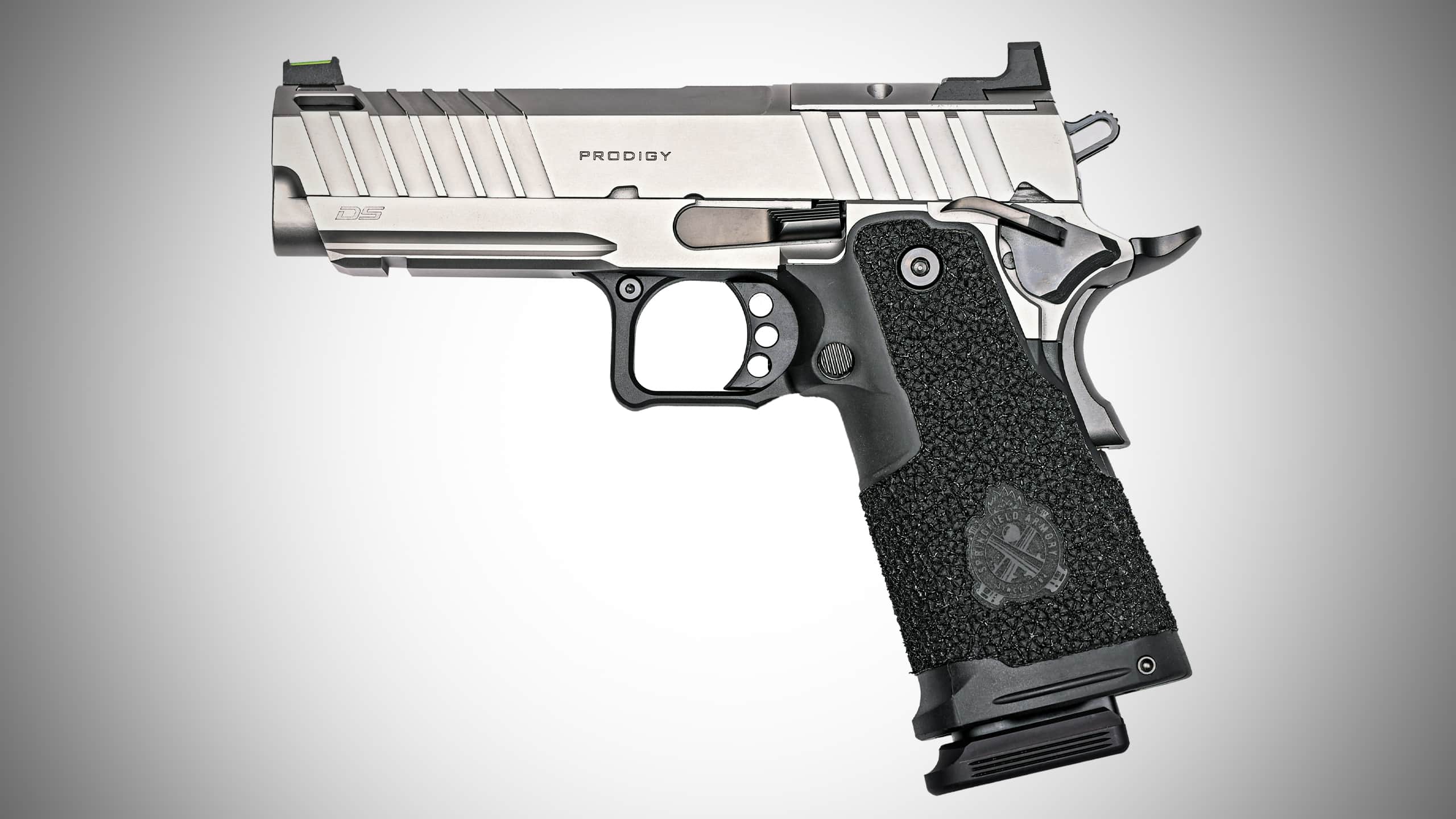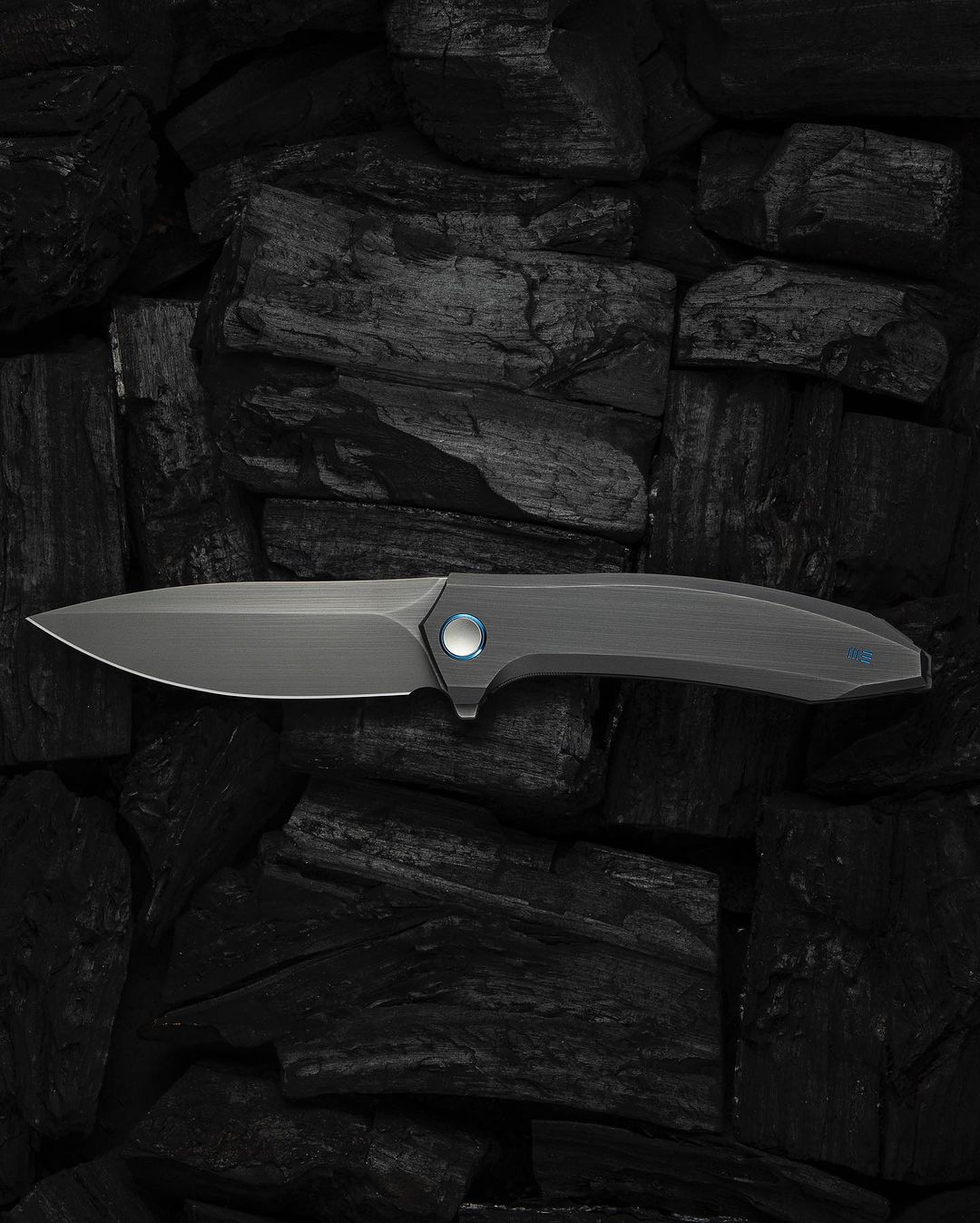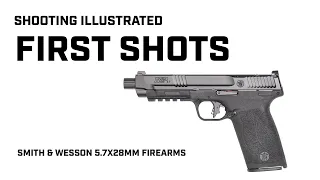Reloading Technique: How To Properly Skin A Cat

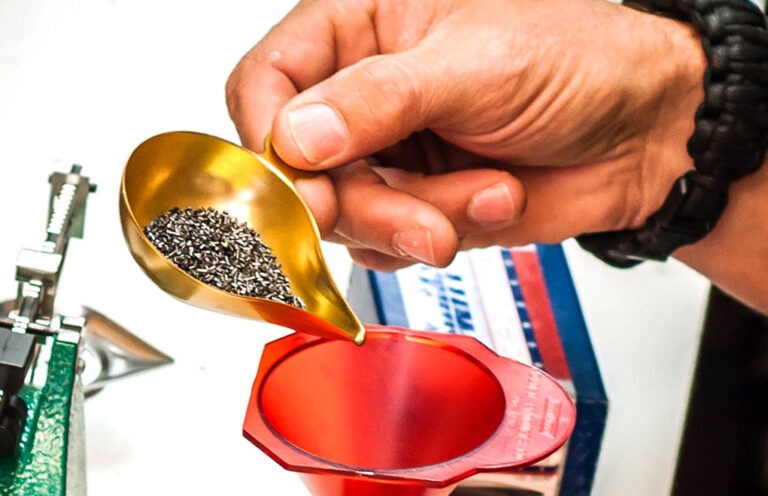
A dissertation on reloading technique and practices.
“What are you doing? I would never run dirty brass though my resizing die!”
Talk to 10 dedicated reloaders, and I’ll wager you get 10 different techniques and opinions, even if the differences are subtle. Is there one proper technique for the process of reloading centerfire rifle and pistol ammunition? There are, after all, myriad tools available to the reloader.
While some are deemed frivolous, others are must-haves. Flip through the front section of almost any worthy reloading manual and you’ll find some sort of step-by-step instructions pertaining to the procedure of reloading metallic cartridge ammo.
While those generic instructions are not wrong, somewhere along the line we all develop certain habits and adopt techniques that might work for some … while seeming completely foreign to others. Referring to my opening quote, some folks will run any old dirty piece of brass into a resizing die, while others insist the brass be not only already de-primed, but cleaned, tumbled and polished before it changes shape.
Which is the proper method?
Well, it’ll depend on your personal taste, and how much of a neat freak you are. You certainly shouldn’t put any case with actual dirt on it—say a pickup from the range—into your die, but if there’s some burnt powder residue, it won’t hurt your die, especially if you clean your dies regularly, which I definitely recommend. If the idea still offends you, perhaps the use of a universal de-capping die—one designed for the sole purpose of removing the spent primer—will allow you to clean the case inside and out before resizing it. This does minimize residue and debris in the die, and I do this sometimes, especially when reloading cases that were previously loaded with especially dirty-burning powder.
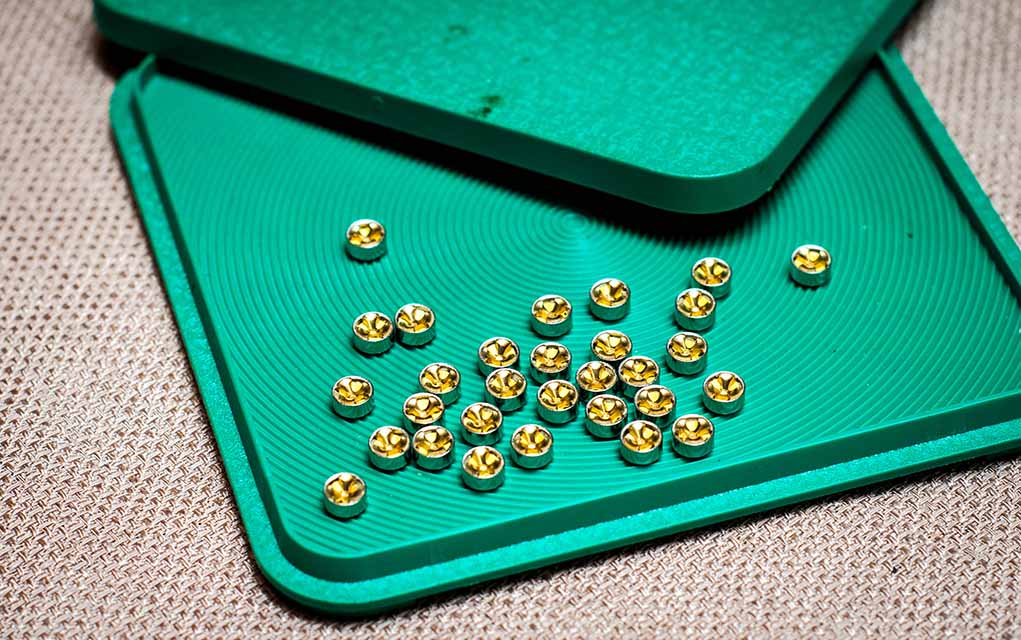
Primers can be another hotbed of discussion—whether they’re installed with a hand-priming unit or primed from the press. Some guys demand absolute uniformity in primer-seating depth, while others feel that so long as the primer is seated flush or slightly recessed, all is right in the universe.
Having spent a fair amount of time at the Norma Ammunition plant in Sweden, I’ve seen the effects of uniformly seated primers—they have special tools to measure the depth of primers before their ammo is sent to the public—and it does make an appreciable difference. Where the precision shooter will be very concerned with this feature, the high-volume loader who knows how to consistently work the handle of Dillon 550 will be perfectly happy with what that excellent machine provides.
Personally, I like to install my primers by hand, as I feel the press can generate too much force at times.
The method of loading powder and seating bullets—whether you charge all the cases in a block and then begin seating projectiles, or charge an individual case and then immediately seat the bullet—is debatable as well. You’ll see photos of large blocks of cases, sometimes a hundred at a time, being charged with powder, each awaiting a turn for its projectile. While I know this system works well for many folks, I’ve also seen it lead to near-disaster.
If, for example, you were loading for a .300 Weatherby Magnum, the sheer volume of the powder required will easily prevent a double charge; the case simply won’t hold it. But switch to a .357 Magnum, .38 Special or .45 ACP, and it’s a much different story. Not only can all of these cases easily be double charged, but the charge weight may also be so small that a double charge might not be immediately visible.
In this author’s opinion, safety takes precedence over time saved, and my own technique is to charge a case with powder and then immediately seat the projectile. This way I can visually verify that there is no powder (or anything else) in the case before dumping the powder charge, and once installed there is no risk of double charging. Habits are going to form—good or bad—and I always err on the side of caution.
Want to start an argument among reloaders? Ask whether you should weigh every powder charge. Oh, will the sparks fly! “Benchrest shooters load by volume.” “I’ve used a powder thrower since I was a boy.” “Only certain powders will meter properly in those volumetric powder throwers.” “You’re wasting your time weighing every charge; it just isn’t that important.” Some of these statements may be true and applicable, but after spending more than 3 decades handloading the vast majority of my ammunition, in rifle calibers ranging from the .17s up to the .500s, I’ve found that uniformity leads to consistency, and therefore accuracy.
Just as I wouldn’t want to purchase a box of projectiles only to find the weight varies drastically, I want my powder charges to be as uniform as possible. Weighing each individual charge has given me the best results, and should you have an alternative method that works (and maintains safety), so be it. The modern electronic powder dispensers operate quickly and easily enough to accommodate my reloading style, and I sleep better at night knowing each charge was weighed.


I also get many questions about the use of progressive presses, especially regarding the consistency, uniformity and safety. Certainly, the Dillon progressives are at the top of the heap, and the RCBS stuff of late is much better than it ever was, but the fact remains that there are so many operations happening simultaneously that it’s nearly impossible to monitor all at once. Call me a control freak, but I want to have my hands on these operations, so that I can ensure that something hasn’t come out of adjustment—such as the volumetric powder dispenser—and that all the primers are not only present, but seated properly.
Don’t get me wrong: I’ve shot some wonderful ammunition made on a Dillon 550 or 650, but my own personal tastes and preference lean so heavily toward single-stage loading that the Redding T7 turret press is about as far as I feel comfortable going. If you like the idea of a progressive press, and there are many reasons to do so, realize that rigorous inspection of the final product is a fantastic idea; it may save a firearm … or a life.
“You can’t do that.” Sometimes it rings true, and other times we reloaders need to realize there’s more than one way to skin a cat.
Editor’s Note: This article originally appeared in the July 2024 issue of Gun Digest the Magazine.
More On Reloading:


